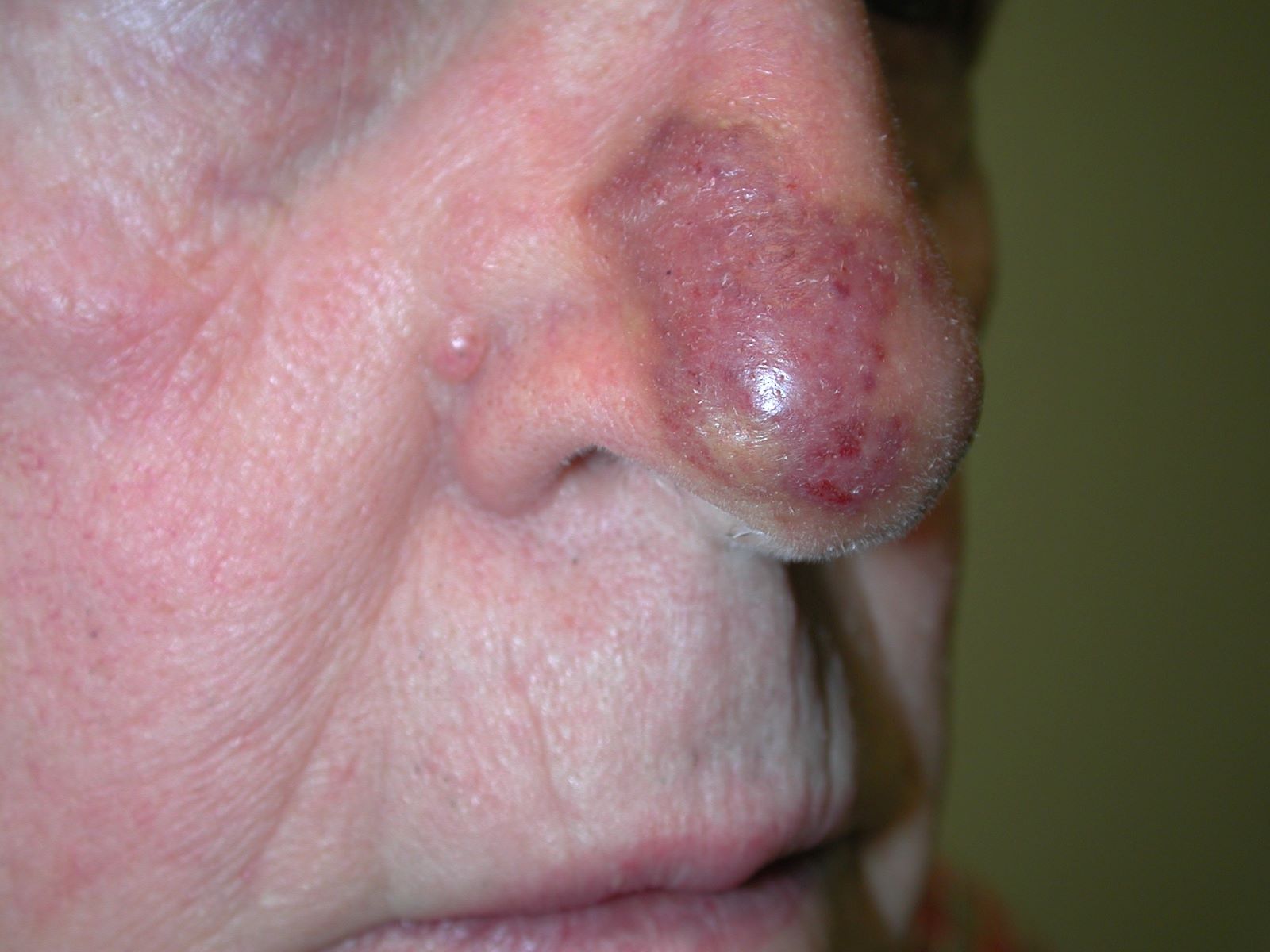
Bicuculline is a fascinating compound with a rich history in neuroscience. Derived from plants in the Fumariaceae family, this alkaloid has intrigued scientists for decades. But what exactly makes bicuculline so special? Bicuculline is known for its ability to block GABA receptors in the brain, which are crucial for regulating nervous system activity. This blocking action can lead to increased neuronal firing, making it a valuable tool for studying epilepsy and other neurological conditions. Researchers often use bicuculline in laboratory settings to understand brain function better. Curious about more intriguing details? Let's dive into 25 facts that will shed light on this remarkable compound.
What is Bicuculline?
Bicuculline is a chemical compound that acts as a potent antagonist of GABA (gamma-aminobutyric acid) receptors in the brain. This means it blocks the action of GABA, the primary inhibitory neurotransmitter in the central nervous system. Let's dive into some fascinating facts about this compound.
-
Bicuculline is a convulsant, meaning it can induce seizures by blocking GABA receptors.
-
It was first isolated from plants in the Fumariaceae family, specifically from Dicentra cucullaria.
-
The compound's name is derived from the plant Dicentra cucullaria, commonly known as Dutchman's breeches.
-
Bicuculline has been used extensively in neuroscience research to study the role of GABA in the brain.
-
It is a competitive antagonist, meaning it competes with GABA for the same binding sites on its receptors.
Bicuculline's Role in Research
Researchers use bicuculline to understand more about brain function and the role of inhibitory neurotransmission. Here are some key points about its use in scientific studies.
-
Bicuculline helps researchers study epilepsy by inducing seizures in animal models.
-
It has been used to explore the mechanisms of anxiety and panic disorders.
-
The compound aids in the investigation of neural circuits and synaptic plasticity.
-
Bicuculline is often used in electrophysiological studies to observe changes in neuronal activity.
-
It has been instrumental in understanding the balance between excitation and inhibition in the brain.
Chemical Properties of Bicuculline
Understanding the chemical nature of bicuculline can provide insights into its function and applications.
-
Bicuculline has a molecular formula of C20H17NO6.
-
It is a light-sensitive compound, which means it must be stored in dark conditions to prevent degradation.
-
The compound is relatively insoluble in water but can dissolve in organic solvents like ethanol and DMSO.
-
Bicuculline has a complex structure with multiple rings, including a benzodioxole moiety.
-
It is a naturally occurring alkaloid, a class of compounds often found in plants with potent biological activities.
Bicuculline in Pharmacology
Bicuculline's interaction with GABA receptors makes it a valuable tool in pharmacology.
-
It has been used to develop and test new anticonvulsant drugs.
-
The compound helps in screening for potential anxiolytic (anti-anxiety) medications.
-
Bicuculline's effects on GABA receptors have provided insights into the development of muscle relaxants.
-
It has been utilized in research on sleep disorders, given GABA's role in regulating sleep.
-
The compound has also been studied for its potential effects on memory and learning.
Safety and Handling of Bicuculline
Given its potent biological activity, handling bicuculline requires caution.
-
Bicuculline is toxic and can cause severe convulsions if ingested or improperly handled.
-
Researchers must use protective equipment, such as gloves and goggles, when working with the compound.
-
It should be handled in a well-ventilated area to avoid inhalation of any dust or fumes.
-
Bicuculline must be stored in a cool, dry place, away from light and moisture to maintain its stability.
-
Disposal of bicuculline requires following specific hazardous waste protocols to prevent environmental contamination.
Final Thoughts on Bicuculline
Bicuculline, a fascinating compound, plays a crucial role in neuroscience. It’s known for blocking GABA receptors, which helps researchers understand brain function better. This compound has been used in various studies to explore epilepsy, anxiety, and other neurological conditions. Despite its benefits, handling bicuculline requires caution due to its potent effects.
Understanding bicuculline’s impact on the brain can lead to breakthroughs in treating neurological disorders. Scientists continue to study this compound to unlock more secrets of the brain. Whether you're a student, researcher, or just curious, knowing about bicuculline enriches your knowledge of neuroscience.
Remember, while bicuculline offers valuable insights, it’s essential to approach it with respect and care. The journey of discovery in neuroscience is ongoing, and bicuculline remains a key player in this exciting field. Keep exploring, learning, and staying curious about the wonders of the brain.
Was this page helpful?
Our commitment to delivering trustworthy and engaging content is at the heart of what we do. Each fact on our site is contributed by real users like you, bringing a wealth of diverse insights and information. To ensure the highest standards of accuracy and reliability, our dedicated editors meticulously review each submission. This process guarantees that the facts we share are not only fascinating but also credible. Trust in our commitment to quality and authenticity as you explore and learn with us.


